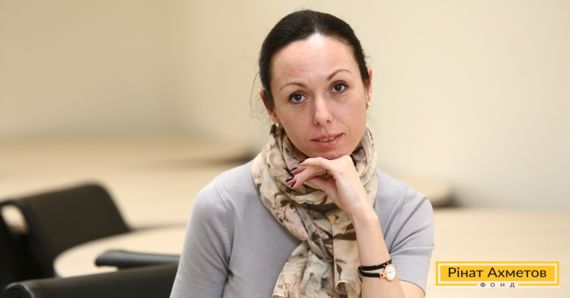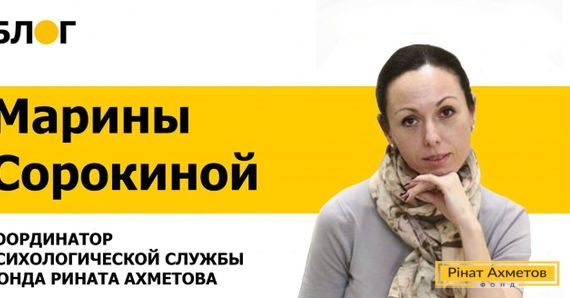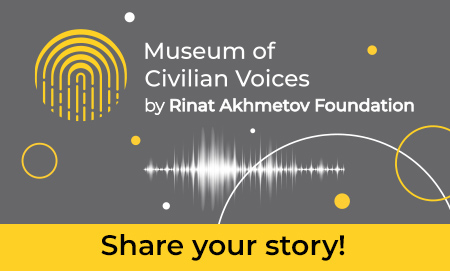Purple Day: dispelling myths about epilepsy. BLOG of Maryna Sorokina, Coordinator of the Psychological Service of the Rinat Akhmetov Humanitarian Center

100 thousand people living next to us need our support and help. If each of us becomes a little more attentive, we will make a person, who has a lot of suffering in their life, happier.
On March 26, Purple Day, an annual action is held around the world in support of people with epilepsy. Nine-year-old girl from Canada Cassidy Megan, who suffers from one of the most common chronic neurological diseases, has faced rejection and misunderstanding of her peers and even adults who thought she had a mild form of insanity. In 2008, she decided to celebrate Purple Day to dispel all the myths about epilepsy. The initiative of the girl was actively supported by international organizations, and now throughout the world on March 26 you can learn more about this disease, learn to provide first aid during a seizure and express support to all suffering from this disease.
Epilepsy is a fairly common disease. What happens to a child or a person with epilepsy? Excitation foci appear in different parts of the brain. One of them starts working too actively, and after a while, cells of the entire cortex become excited. A seizure appears manifesting itself as convulsions; a person loses consciousness, falls down.
Adults and children with epilepsy often hesitate to talk about their disease. They are seized with fear that the attack can start in a crowded place. That is why people often become avoidant and secretive. Children suffering from this disease experience enormous difficulties, especially if the attack happens before the peers. Children can be extremely cruel, they can tease, offend and reject a child. Then this child’s suffering becomes practically unbearable, the child feels like an outcast, which leaves a mark on all the future life! Our task as adults is to engraft empathy in the younger generation. It is very important to know how to properly provide first aid if a child or an adult has an attack. Perhaps, this knowledge will help save lives.
If the society were sufficiently informed and tolerant, children and adults would not have problems with informing their coworkers or classmates about the disease. After all, the main people’s problem is the experience of toxic shame associated with the disease and a fear of rejection. And awareness would help all who are around provide first aid.
The disease can overtake a person at any age. And sometimes it is a denial of the problem, unwillingness or fear to be examined that aggravates the disease symptoms. It is important to understand that modern medications help almost 70% of patients forget about seizures forever.
In Ukraine, about 100 thousand people live with epilepsy. Every fourth is a child.
Such children need expensive anticonvulsants. Their stories are different and similar at the same time. A small, ten-year-old resident of Donetsk, Fedir, is a lifelong disabled. Prior to the outbreak of hostilities, the child received drugs under the governmental program, and now the only hope for the family is the help of the Rinat Akhmetov Humanitarian Center, which implements the “Medications for Children” Project. To date, the boy's mother receives anticonvulsants necessary for him in Mariupol. These medications not only save the child's life, but allow him to live a real “childlike” childhood – Fedir is a pupil of the 4th grade of the secondary school.
100 thousand people living next to us need our support and help. If each of us becomes a little more attentive and kind and teaches our children to be like that, we will make a person, who has a lot of suffering in their life, much happier.




